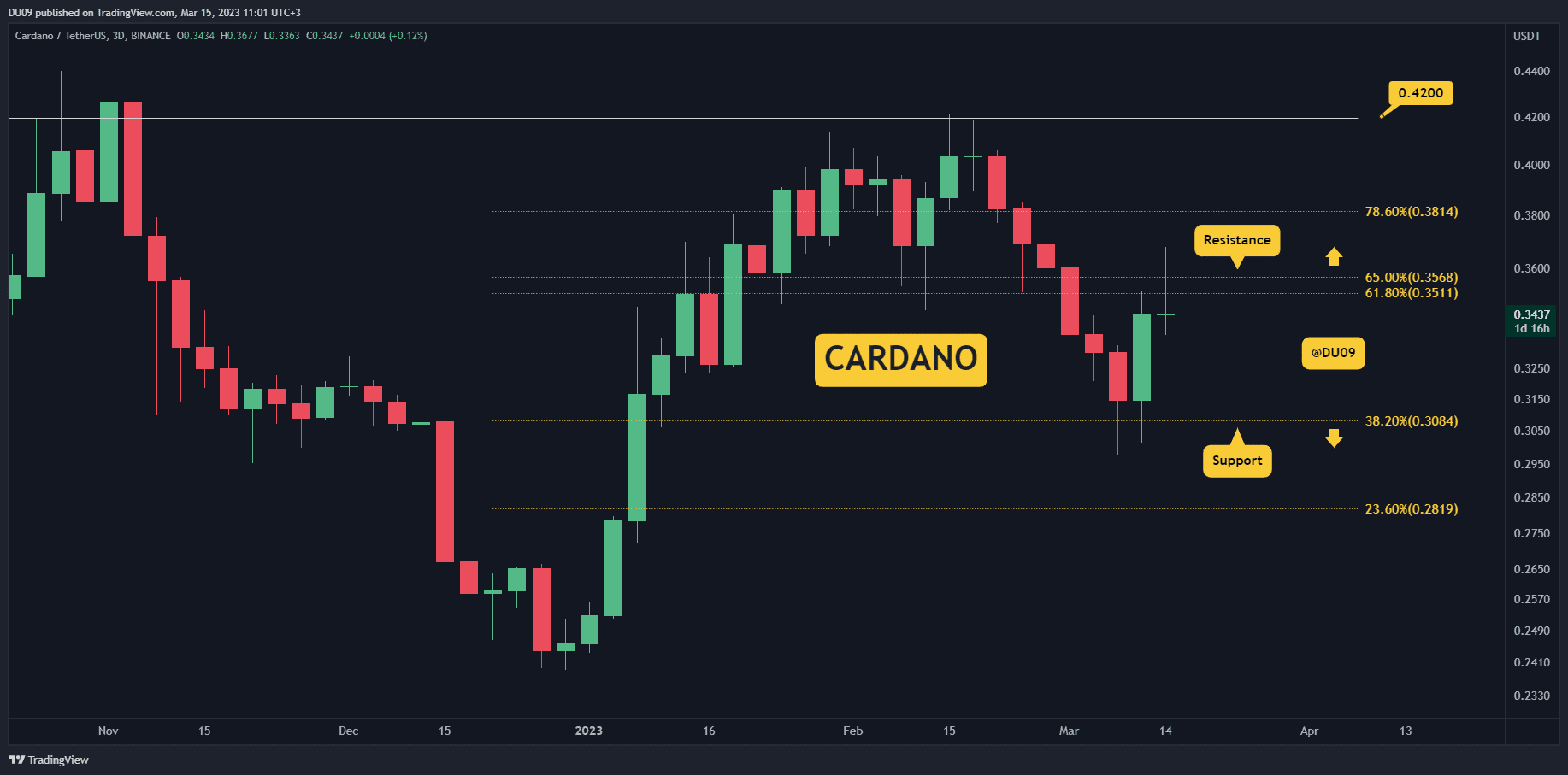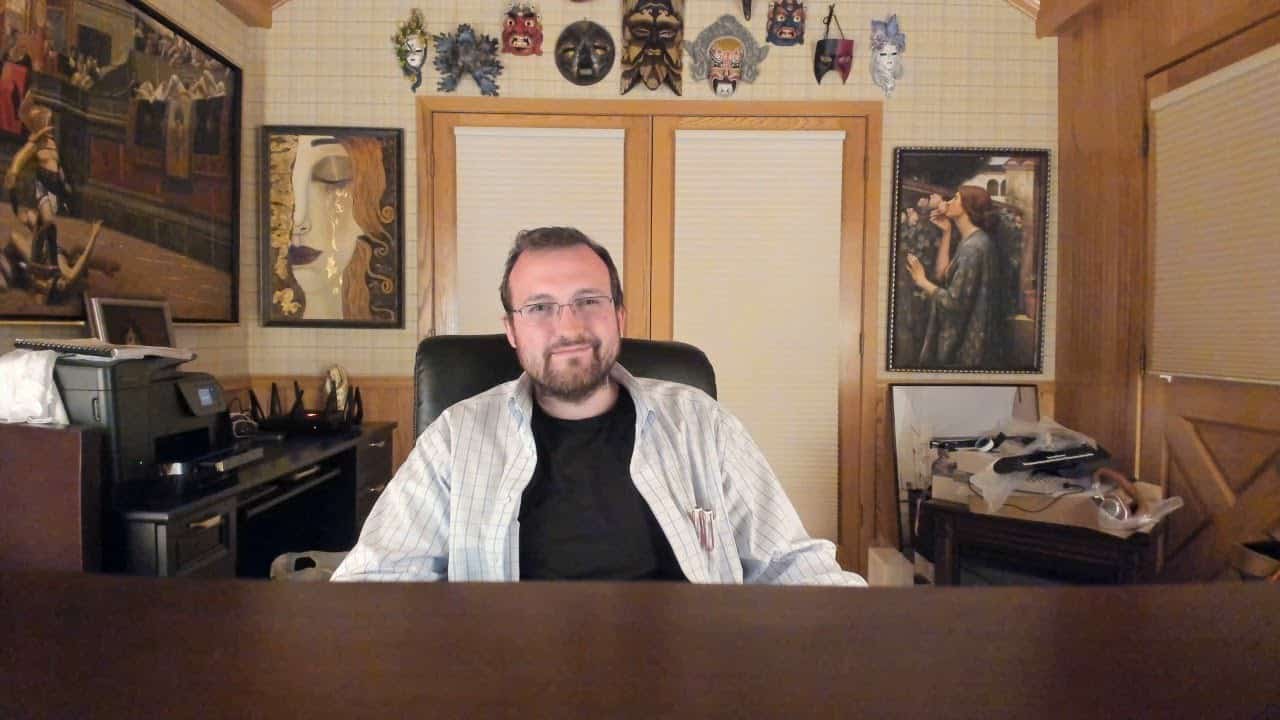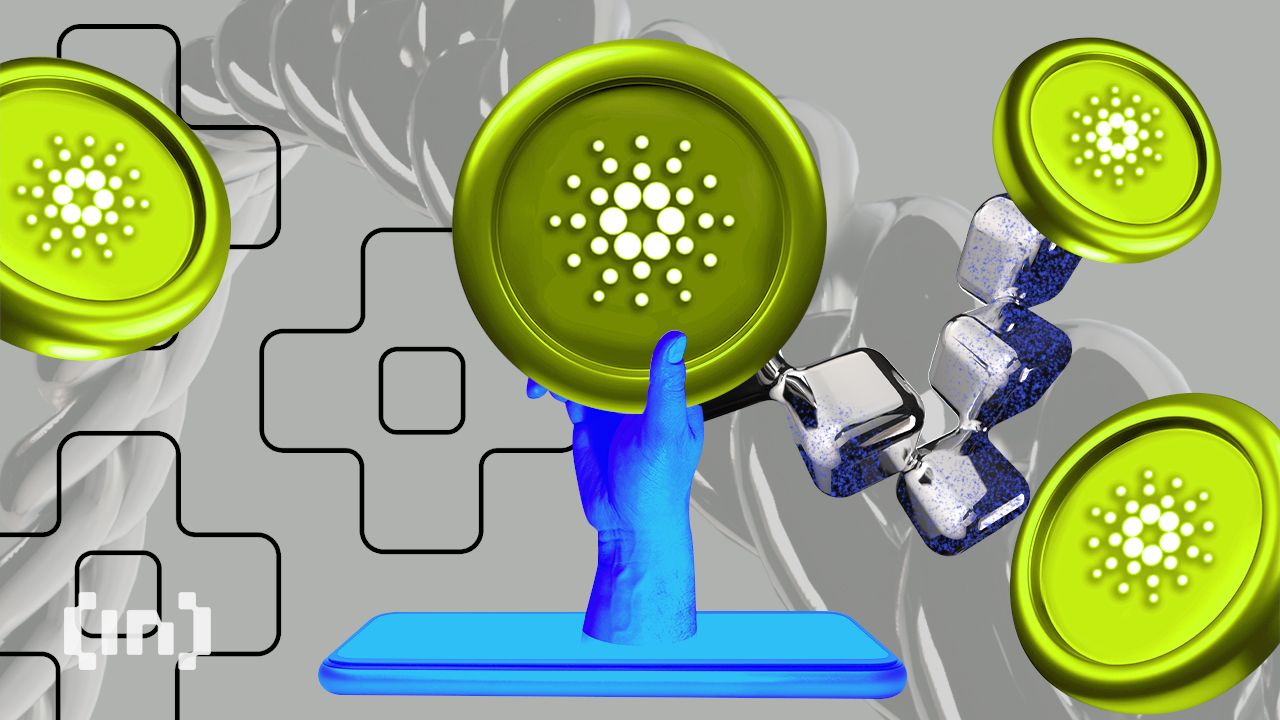Cardano NFT: unsigned_algorithms – The Cryptonomist
The post Cardano NFT: unsigned_algorithms – The Cryptonomist appeared on BitcoinEthereumNews.com. This week’s guest on the Cardano NFT Column is the founder of the first algorithmically-generated art on Cardano: unsigned_algorithms. Last week’s guest was a digital world with its...
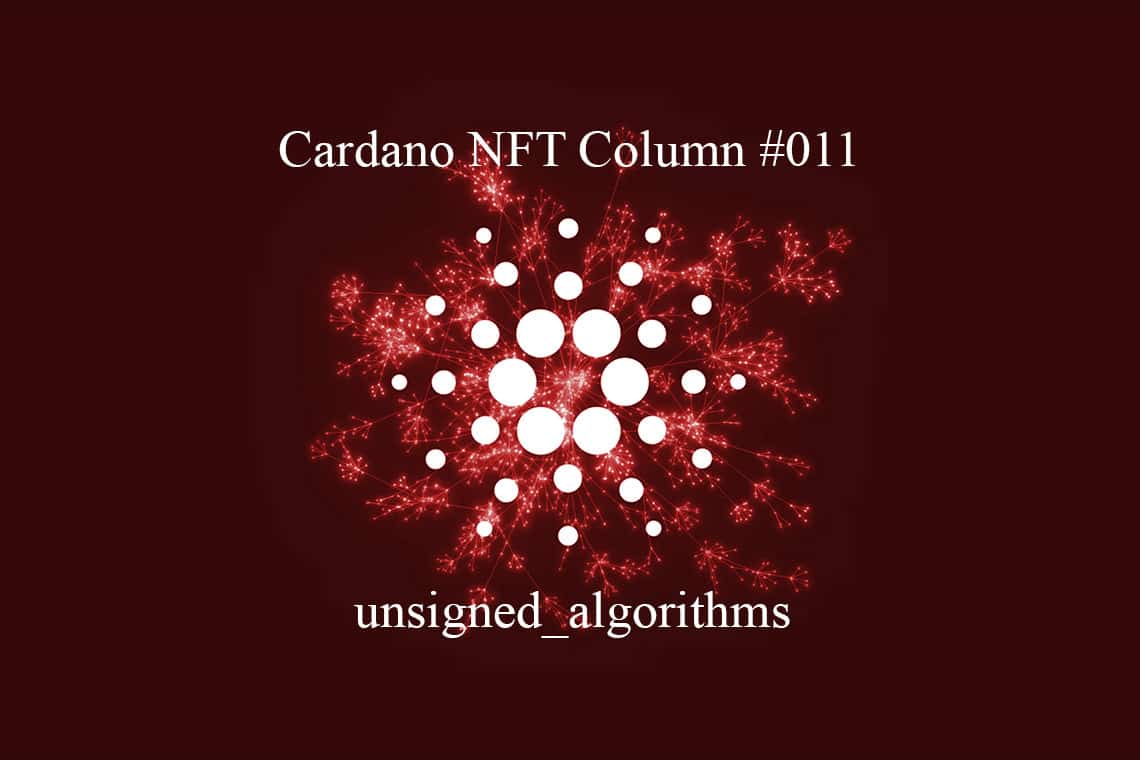
This week’s guest on the Cardano NFT Column is the founder of the first algorithmically-generated art on Cardano: unsigned_algorithms.
Last week’s guest was a digital world with its own characters, stories and flavor, with an economic foundation that is based on blockchain technology.
This initiative is a point of reference for NFTs on Cardano and every week or two we will invite someone to answer some questions and give us an update directly from within the Cardano community.
Considering that many of our readers are new to the crypto space, we will have a mix of simple and technical questions.
Cardano NFT project: unsigned_algorithms
 Cardano NFT project unsigned_algorithms is mathematically derived and designed
Cardano NFT project unsigned_algorithms is mathematically derived and designedGreat to have you here! Could you tell us a bit about yourself, where are you from and what is your background?
I’m a liberal arts major who got into photography and made a lot of photographs of buildings. Somebody asked me, “why don’t you design buildings instead of taking photos of them?” which made sense to me, so I decided to become an architect. While I was in grad school, I was building beefy workstations for my friends as 3D renders take a bit of oomph. I read about Bitcoin when the pizza was bought, but didn’t mine because we all used Nvidia for CUDA, and AMD GPUs were much faster.
Finally got into mining crypto when BTC was going to $100, bought 12 AMD r290 GPUs and rigged ‘em up to mine. Did that for a while, but FPGAs and ASICs were coming online and it became clear mining was going to centralize. Decided to sell my mining hardware and wait for PoS to come out, which took quite a bit longer than I expected. Between that and getting active in Cardano in 2019, or so, I moved to India, and back to Japan while working in R&D and new product development.
 Monad’s Bitcoin mining rig in 2013
Monad’s Bitcoin mining rig in 2013For the 2 or 3 years before unsigs was released I was working in AI/ML training models and deploying them to AWS, which was pretty far from my roots in Arduino/Processing programming, but was a fun journey to make!
Why did you choose Cardano for your NFT collection? What advantages does this blockchain have over others?
Cardano NFTs are quite interesting in that they exist at the base layer of the network. This appealed to me because I felt much safer releasing “inert” metadata than minting inside of a smart contract which could have bugs etc. For my first work I felt much better knowing that the work was secured by the base logic of the chain and not my inadequacies as a programmer.
Additionally, the first thing that comes up whenever I talk to someone in real life about NFTs is their environmental impact, and of course Cardano being Proof-of-Stake doesn’t have anywhere near the carbon footprint of a Proof-of-Work chain, so that is sort of table stakes to even have a conversation.
Usually NFTs have IPFS or Arweave links in their metadata that redirect to JPEG, GIF or other files, but unsigs are different. Can you explain?
When I encountered NFTs my reaction was, “why would anyone pay for a link to a JPG?” The best answer I could come up with was to make sure the NFT was NOT just a link to a JPG, so I tried to think of what I could fit within the 16KB size limit of a Cardano NFT.
It became apparent to me that by including code, and an environment definition to run that code, you could essentially “compress” the NFT and make the NFT contain instructions capable of generating itself: sort of like sheet music or an architectural blueprint. By doing this, the NFT is not just “the deed to a house” but sort of a self-inflating/producing house.
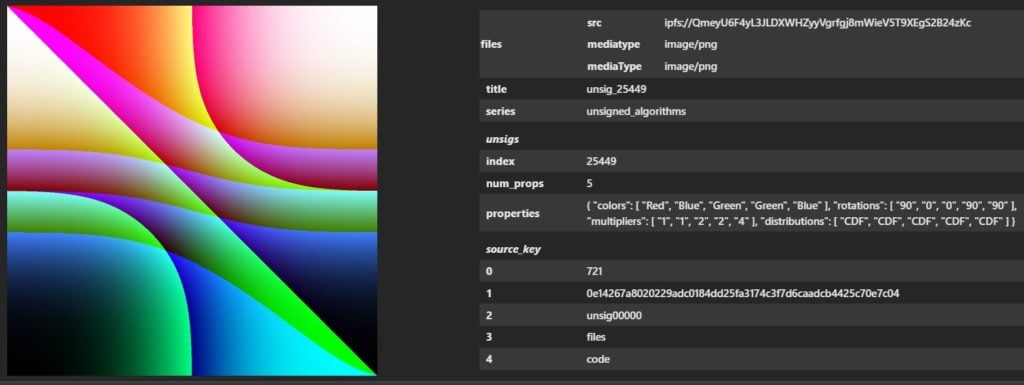 A piece from the unsig collection with the associated metadata on the right
A piece from the unsig collection with the associated metadata on the rightThis is a fairly old idea in art: to look critically at the medium/materials you are using and to explore what they are (and aren’t) good at and try to make them sing. In architecture we refer to this as “material honesty” – using materials in manners and ways which take advantage of their properties and not trying to hide what they are.
What are you working on now? Is there something in store for the future of unsigned_algorithms?
I have a few projects I’m working on that aim to boost the signal-to-noise ratio of the NFT space on Cardano. One of those is my next art work which is being given away to holders of unsigned_algorithms. The first piece from that collection was minted onto Cardano back in January with 31,119 fractions, which were distributed to the holders of unsigs and is now trading on various DEXs on Cardano. In addition to being a fractional share of the first piece from the collection, one share will be required to mint a piece from the rest of the collection.
The other project is one which aims to reduce the noise floor of the NFT space on Cardano and should be launching “soon”.
Thanks for your time. Any final words? Where can people find you?
I spend too much time on Twitter. I’m also active in the Lisbon crypto community since moving here a few months ago.
Disclaimer: The opinions and views of the people interviewed are their own and do not necessarily reflect those of the Cardano Foundation or IOG. Moreover, this content is for educational purposes, it doesn’t constitute financial advice.
Source: https://en.cryptonomist.ch/2022/07/09/cardano-nft-column-unsigned_algorithms/
Delegate Your Voting Power to FEED DRep in Cardano Governance.
DRep ID: drep12ukt4ctzmtf6l5rj76cddgf3dvuy0lfz7uky08jfvgr9ugaapz4 | We are driven to register as a DRep by our deep dedication to the Cardano ecosystem and our aspiration to take an active role in its development, ensuring that its progress stays true to the principles of decentralization, security, and community empowerment.DELEGATE VOTING POWER!


